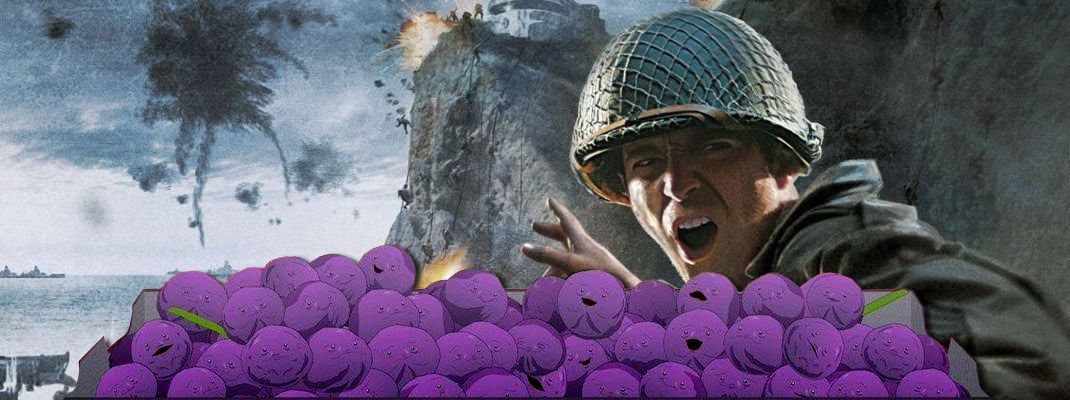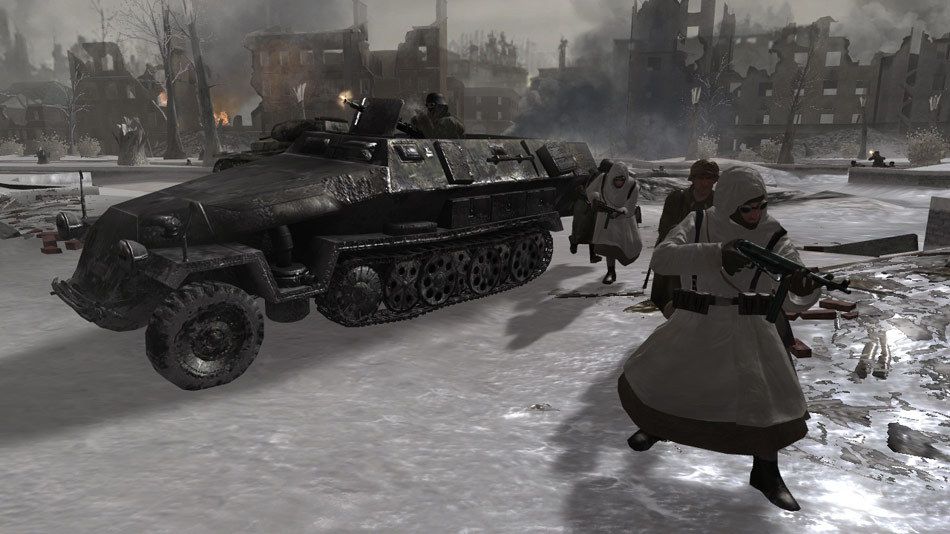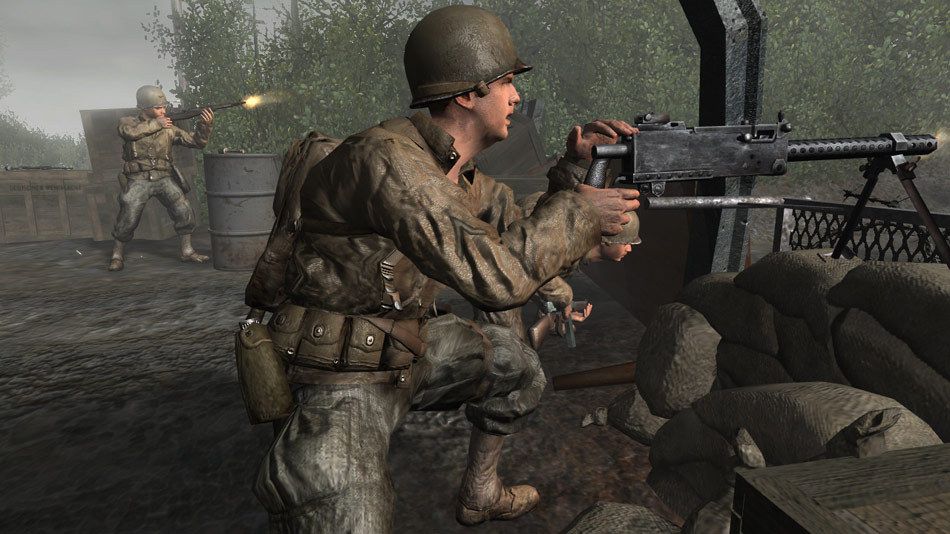Member the games you used to play? We member. The basement at the Hardcore Gamer office has a section known as the Crust Room, with an old grey couch and a big old CRT TV. All the classic systems are down there collecting dust, so in an effort to improve the cleanliness of our work space, we dust off these old consoles every so often and put an old game through its paces, just to make sure everything stays in working order. We even have a beige computer with a floppy disk drive.
Between Call of Duty: WWII and Wolfenstein II: The New Colossus, November 2017 has officially been renamed No Nazi November because both those games have declared open season on hunting Nazis. A little known fact about Call of Duty is this is not the first time players battled against the Axis forces in the 1940s. In fact, several World War II era Call of Duty titles were made prior to Modern Warfare's insane popularity, setting the stage that would eventually lead to gunfights in space and Tom Hanks lending his talents to this franchise. Call of Duty is a series I probably never would have bought on my own volition, but Call of Duty 2 was a mandatory bundled purchase with the Xbox 360 console on launch day at a certain store, but it ended up surprising me at how much I enjoyed it which led to many subsequent Call of Duty titles in my gaming collection.
Call of Duty 2 was one of the stronger launch titles for the Xbox 360 (although it was released on PC about a month earlier) and actually the best selling 360 launch title, though part of that might be some mandatory system bundles like the one I acquired. Even with the popularity it had early on the console's life cycle, it was nowhere near the ridiculous level of popularity the franchise would reach a few years later, but this entry was of high enough caliber where we can see the popularity stemming from it. And this popularity occurred without the inclusion of zombies or the much more terrifying loot boxes.
The story was part of what made this game sink its hooks into players. As the story progressed, the player switched between controlling different soldiers in British, American and Soviet campaigns. Private Vasili Koslov was the Soviet solider who fought the Germans in Moscow and Stalingrad during fall and winter of 1942 and 1943. The British campaign took control of Sergeant John Davis who was stationed in the African theater of war and also tank commander David Welsh. The American was Corporal Bill Taylor, who started his tour of duty during D-Day and eventually crossed the Rhine River in Germany. What made this storytelling so effective was it had the player step into shoes of different characters with completely different backgrounds and motives for fighting in different parts of the world, but they ultimately were united by a common goal and enemy.
Call of Duty 2 tried to raise the bar set by its predecessor by taking advantage of the more powerful hardware on the Xbox 360. This allowed the developers to work with more visual effects and improved enemy and squad member AI. The improved visuals over the previous console generation allowed for much better visual obscuring effects from smoke grenades or snowy conditions of the winter war segments of the campaign. Enemies could appear to be relatively relaxed but scatter and take up combat positions when they hear gunfire closing in on them, making encounters seem like they had a real element of surprise. One of the more immersive aspects of the campaign was the context sensitive dialog from the player's squad members who would call out what is actually happening on the battlefield or where enemies are located, which acted as real time play by play commentary and kept the player aware of what was going on without breaking up any of the action.
A good story and production values are important to games, but primarily game mechanics are going to determine whether or not a game is worthwhile and Call of Duty 2 delivered on this front. The controls were tight and responsive, and the mechanics of crawling, crouching and hurdling over obstacles were solid. Carrying only a couple weapons to switch between gave the game a sense of realism compared to some other games where players can somehow carry a dozen different pieces of heavy artillery at once. A design choice that helped the immersion was not to include a health bar but instead have the screen start to turn red when the player receives heavy damage and have to go into cover to regenerate health when not taking any enemy fire. The only level I can recall where the control mechanics were less than stellar is the one where the player had to control a tank, which felt like the tank had become a sentient being that decided to get completely drunk, but even that segment wasn't enough to overshadow all the other areas where Call of Duty 2 shines. Online multiplayer was included in Call of Duty 2 with modes like Capture the Flag and Team Death, along with a couple others. The multiplayer setup was good for the time, but not nearly as involved as it has grown over the past decade. As impressive as it was for Xbox 360, the PC version put it to shame with the sheer number of players allowed on their servers: 64 on PC compared to the Xbox 360's 8.
After going further into the future and getting more into sci-fi territory and less into realistic fiction, it was refreshing to see Call of Duty: WWII return the franchise to this era. World War II was a time where a lot of terrible acts happened, but it lends itself well to books, movies and video games and always maintains itself as being an interesting subject matter. Call of Duty 2 did have the advantage of the goldmine of drama and action that is World War II working in its favor, but it built a memorable and enjoyable experience from it. Call of Duty 2, which is incidentally backwards compatible on the Xbox One, may seen primitive if one were to play it for the first time today, but this was what AAA shooters looked like twelve years ago. Call of Duty: WWII and Call of Duty 2 are completely different games with their own story and characters, but comparing and contrasting the two games with twelve years between them that focus on World War II could be a fun way to gauge just how much Call of Duty has changed and evolved since then.
Want to Member some more old games we love? You can see all our Members here.



